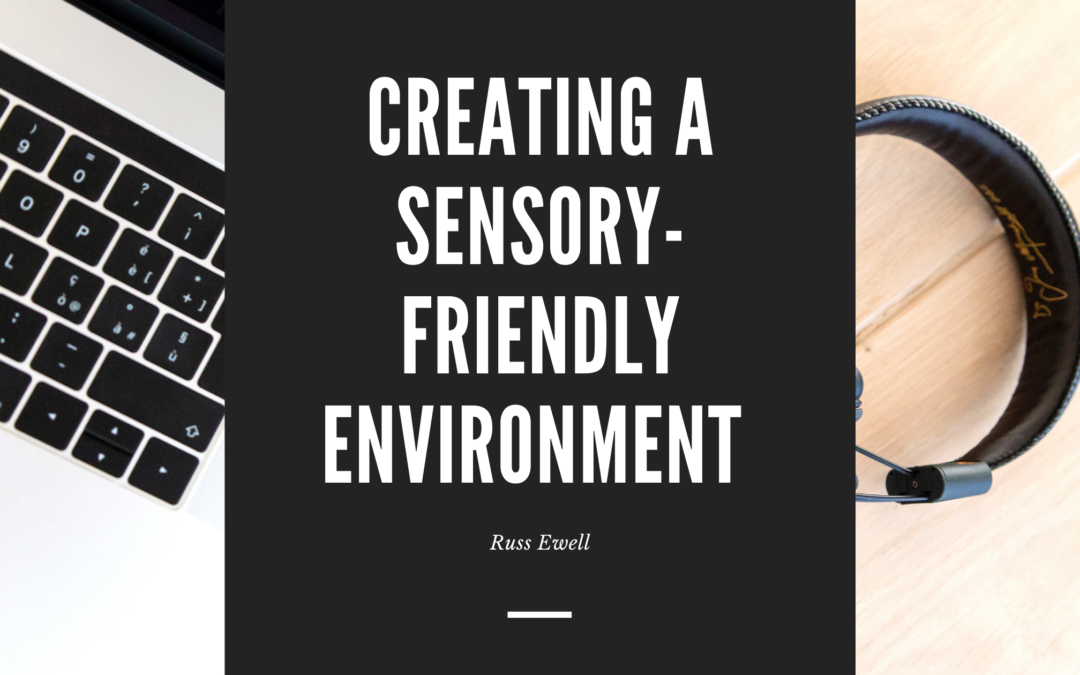It is well-known that children with autism benefit from having environments that meet their sensory needs. However, creating friendly sensory environments can be beneficial for a variety of people across many locations. Workplaces, school settings and home environments with friendly sensory supports can help those with autism not only be more productive, but also more comfortable.
There are 2 types of sensory processing types: sensory seeking and sensory avoiding. Each of these can have an important implication for productivity levels and comfort levels.
Sensory Seeking
Those who are sensory seeking prefer an environment that awakens the senses. Those who are sensory seeking enjoy bright colors and lights, varying textures, and lots of motion. They may enjoy being pushed on a swing, a fast ride in a car, or display constant motion. These high sensory items tend to awaken the senses, making children or individuals awakened or more focused.
In order to create a sensory-friendly environment for those who are sensory seeking, there are a variety of things you can do, such as provide weighted blankets, turn on the lights, and provide sensory toys.
Sensory Avoiding
Those who are sensory avoiding prefer environments that do not arouse their senses. Those who are sensory avoiding prefer dim lights, dull colors, smooth textures, and little to no motion. They may enjoy sitting by themselves with plenty of personal space.
In order to create a friendly sensory environment for those who are sensory avoiding, there are also a variety of adjustments you can make. Remove clothing tags that may be bothersome to those who are overly sensitive, dim the lights to create a more peaceful environment, and reduce loud noises or give the individual earphones to wear.
Why a Sensory-Friendly Environment is Important
Those who are sensory seeking and sensory avoiding are thought to have different sensory thresholds. Those who are sensory avoiding should avoid overstimulation, while those who are sensory seeking should embrace it. There are a number of simple things that can be done to create a more friendly environment for each of these types of sensory processors.
